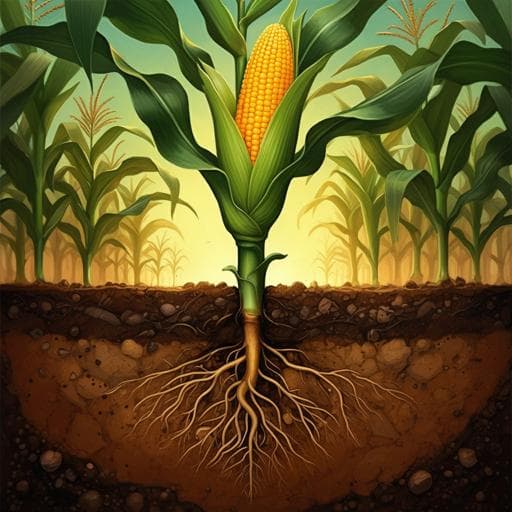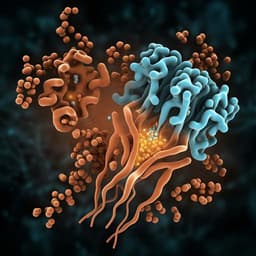
Agriculture
The effects of straw mulching combined with nitrogen applications on the root distributions and nitrogen utilization efficiency of summer maize
W. Zhang, S. Yang, et al.
Dive into our groundbreaking study where we explored how different straw mulching methods and nitrogen levels transform summer maize cultivation! Conducted by Wan-feng Zhang, Shu-qing Yang, Ya-hong Jin, Peng Liu, and Shuai Lou, discover how optimal straw burial techniques can enhance root growth and yield.
~3 min • Beginner • English
Related Publications
Explore these studies to deepen your understanding of the subject.







